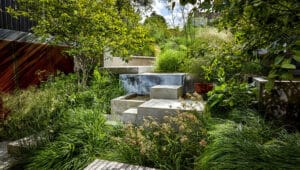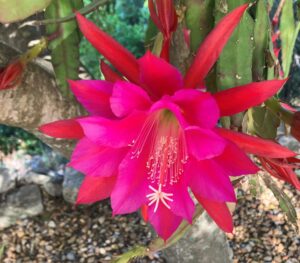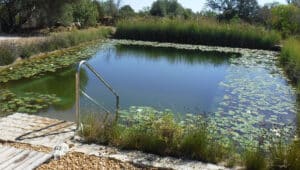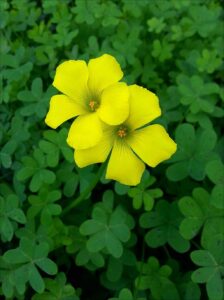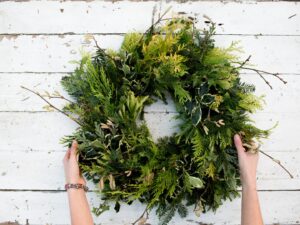Now is the time to look at your store of seed, either commercially bought or gathered from your own garden.
Seeds need three things to germinate – moisture, air and appropriate temperature. Some seeds prefer good light and some deep shade. It is possible to keep seed pots moist by using a polythene bag and a clothes peg, a water or soft drinks bottle cut in half and used like a mini-greenhouse over the pot or even cling film!
Do not pack the soil down too hard, and soak from the base after sowing as this draws the seed down into the compost. It is also a good idea to use a layer of small grit or vermiculite on the surface of the compost to help drainage.
Always label the pot – do not rely on remembering, especially if sowing a few varieties at the same time. Also, remember when you are pricking out your seedlings to hold them by a leaf and not the stem.
Sowing in autumn
Some hardy annual flowers can be sown early in the autumn outside and stand the winter season without any protection; they will be stronger and will flower earlier. Generally, they are meadow flowers that germinate in autumn and stay as seedlings during winter before flowering in spring/summer. Others, less hardy, may be sown either in situ, covered with a light protection, or in pots over-wintered in a garden frame. Always keep your seed pots in the shade.
Many perennials, most shrubs and trees from temperate or cool regions and some desert plants need a period of cold to break dormancy and encourage them to germinate. Sowing seeds outside in the autumn, usually in pots, allows them to experience the ups and downs of winter temperatures and encourages them to germinate in the spring.
Don’t throw out a seed pot just because nothing seems to have happened, for some plants may take two or three years to germinate. Some seed, like peony, may germinate one year by putting a root down into the pot which you will not see, and they produce their top green shoot the following year. Acorns do exactly the same, so, if in doubt, keep the pot!
There are some seed in the legume (pea) family that need a short soak in boiling water to break the dormancy and encourage germination. If you know the botanic name of your seed plant, then there is a wealth of information available online, together with hints and tips from other gardeners to get you started.
Sowing in summer
Even if the ideal periods for sowing perennials are spring or early autumn, late August is a good season for beginning to sow. The trick is to learn how the plant would germinate and grow in nature. So, try to sow the seed at the same time that it would be sown naturally.
For seeds needing cold stratification, such as many perennials and some tree seed, the easiest way is to sow them and put the pots outside for the winter, letting Mother Nature do the work. You just have to make sure the pots don’t dry out. Seed only starts the germination process in the presence of moisture; once this process has started, drying out is fatal to the seed embryo. There are some seeds that benefit from a short spell in the fridge.
Here is a list of some natives to sow in late summer: Stipa gigantea, Stipa tenacissima, Clematis flammula, Nepeta tuberosa, Ferrula communis, Phlomis purpurea and Scilla peruviana.
Fast-growing hardy annuals are usually sown in spring, but they can be sown in July and will flower later in the season, as for example: Eschscholzia californica, Centaurea cyanus, Delphinium ajacis (syn. Consolida ambigua), Dimorphotheca aurantiaca, Iberis amara, Linaria maroccana, Reseda odorata, Calendula officinalis, Chrysanthemum carinatum, Alyssum maritimum (syn. Lobularia maritima) or Tropaeolum majus.
Having spare seedlings and small plants to swap is a great way to increase the variety of plants you have for your garden. A good source of native plant seed and mixed seed for meadows is www.sementesdeportugal.pt
By Rosie Peddle
|| features@algarveresident.com
289 791 869 | mgapsec@gmail.com
facebook.com/MedGardenersPortugal
www.mgaportugal.org




